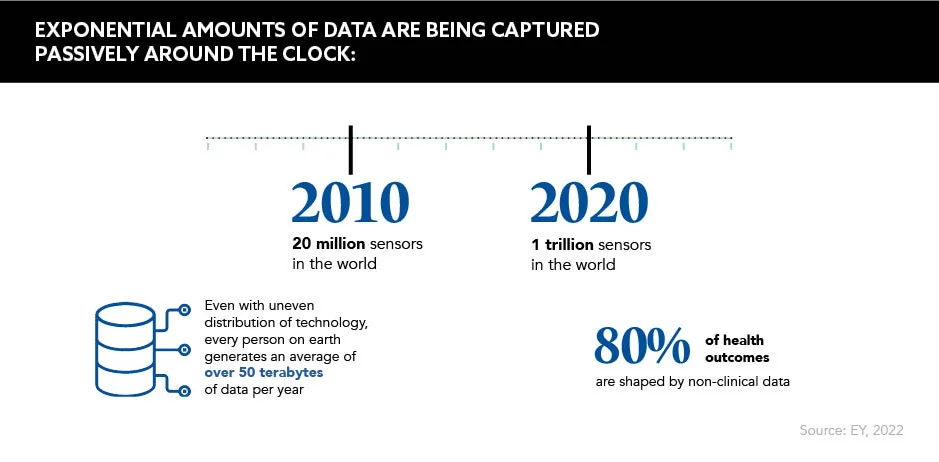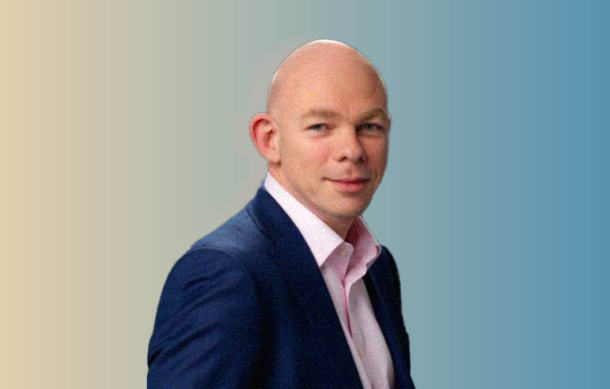The modern world is powered by data, and the pharmaceutical industry is no different. From doctors’ notes and claims records to self-reports and data from wearable tech, how can pharma best use the growing pool of information in data lakes?
Words by Saša Jankovic
Most people have a drawer where all the important bits of paperwork are shoved out of sight and mind, waiting for that day in the potentially distant future where they might be needed – if that day ever comes. In the world of big data, this repository takes the form of a lake rather than a very large drawer. The ‘data lake’ comprises of huge amounts of information from all kinds of sources and in many formats.
Contrary to our own paperwork graveyards, this ‘as-is’ aggregation is far from being an unfathomable dumping ground of data. It is, in fact, an incredible asset that can be drawn from by anyone with access, providing ample opportunity for pharmaceutical companies to dive in and utilise it. Yet, with ever-growing sets of data, how can pharma ensure their data lakes don’t turn into swamps?
“For me it’s more than a lake, it’s an ocean that we are making,” says Isma Benattia, Vice President and Head of R&D Strategy and Operations, Amgen, “so pharma needs to be prepared to absorb these large amounts of data which are increasing exponentially on an almost daily basis.”
Misconceptions and challenges
Tom Laughlin, Associate Vice President, Strategic Programs, Inovalon – a cloud-based health technology solutions company – says it’s not uncommon for organisations to say having spent time and money building their own analytics data warehouse that they don’t want to throw all that work away. His reassurance is that this is not an either/or proposition. “Data lakes can be an extension and enrichment of existing data warehouses, and, when implemented properly, a data lake delivers speed, accuracy and ease of integration with the organisation’s current tools and workflows,” he says.
For me it’s more than a lake, it’s an ocean that we are making
What’s also vital to keep in mind is the necessity that any data drawn upon is diverse enough from a population viewpoint to be reflective of the societies we live in – especially since not everyone has access to the wearables that are collecting so much of it.
“Human diversity is the wealth we need to leverage from data,” says Benattia. “Since big data is directing us to precision medicine, we have to work out how to incorporate both data from devices monitoring our health directly and indirectly, as well as clinically collected data from traditional path clinical trials and electronic medical records.”
Effective filters
So, how can pharma teams best filter and make use of this data to empower their approaches and gain strategic ground? Even if the data in the lake is high quality, what is retrieved is only as good as the insights applied in the selection process. “You need to be careful when you fish in one pot because everyone looks at data with their own filter,” warns Benattia. “If you are in a marketing organisation you look at data differently from a research team, or clinical development, or medical affairs.”
We are living in a moment of healthcare transformation
The solution, she says, is to leverage it against AI and technology, but first, the hypothesis that is to be addressed must be articulated with three parties. “You need the scientist or the physician who will consume the output, the coder who will translate the clinical questions into code, and then the technology to do it,” explains Benattia. “Yes, your intellectual property is the company-generated data, but if you are talking about big data the competitive advantage comes not from acquiring the data but from having the strongest trio of scientists, coders and advisors to dive into the lake and extract the information.”
Identifying insight gaps
This still leaves the hurdle of identifying and then addressing insight gaps, and the inequalities these can highlight. For example, it’s not enough just to look at ethnic diversity in trial results; socio-economic and geographical diversities must also be included and that, in turn, may mean that outcomes collected from wearables are not representative.
Benattia says patient associations need to be “more active” in identifying tools to collect patient insights. “There has also been little work done in terms of healthcare prevention, so, to what extent will data help us predict conditions and diseases and better define interventions to put into the process from a public health perspective?,” she says. In short, pharma must build data strategies fit for the future. “We are living in a moment of healthcare transformation,” she adds.
If precision medicine led by these data insights is the way forward, that’s one huge paperwork drawer to get stuck into and, if approached in the right way, the possibilities for pharma and, ultimately, patient care could be endless.










